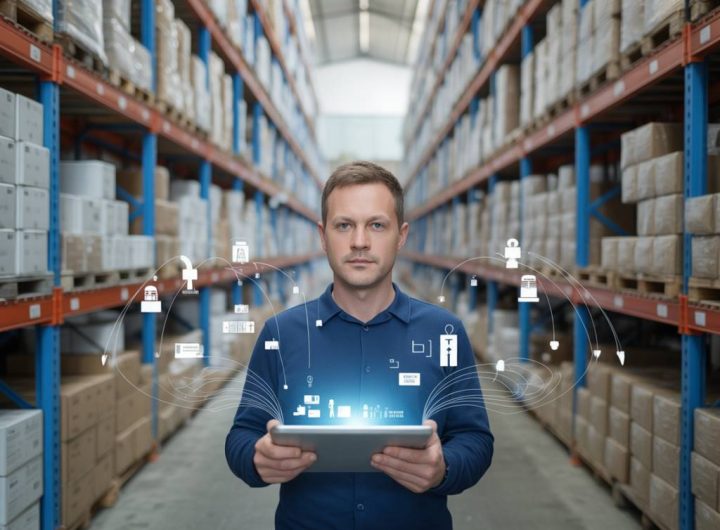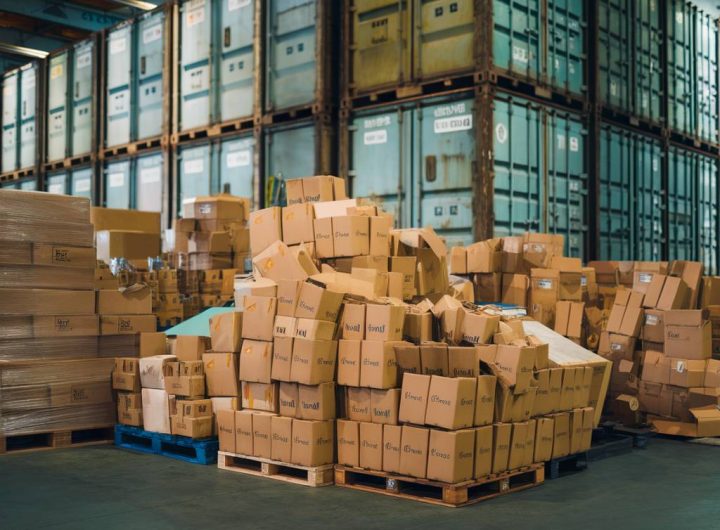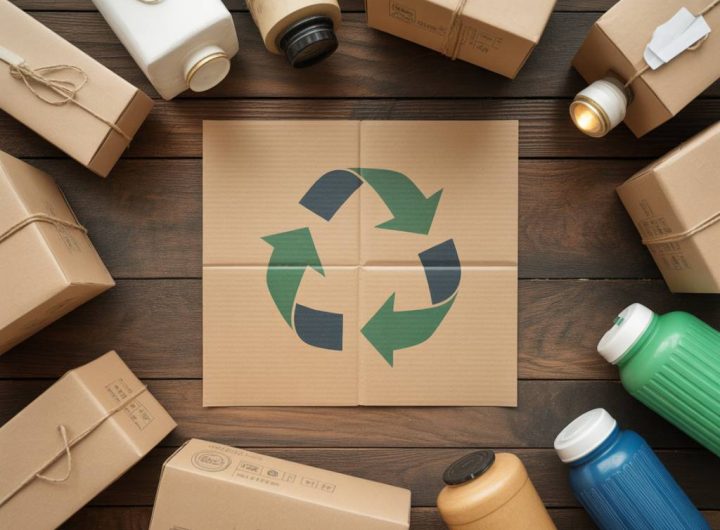
Enhancing Packaging Sustainability Through Circular Economy Practices
Understanding the Connection Between Packaging and the Circular Economy
In today’s fast-evolving logistics and supply chain landscape, packaging sustainability has emerged as a crucial factor for companies striving to meet environmental targets. One of the most promising frameworks for achieving sustainable packaging solutions is the circular economy, a model that emphasizes waste reduction, product life extension, and material reuse. As pressure from regulators, clients, and consumers mounts, integrating circular economy practices into packaging strategies is no longer optional—it’s essential.
The circular economy redefines traditional production and consumption models by focusing on minimizing waste and maximizing value throughout the product lifecycle. In the context of packaging, this means designing with a focus on reusability, recyclability, and compostability, as well as optimizing materials and logistics processes.
Key Principles of Circular Packaging
Circular packaging aligns with the broader goals of the circular economy by embedding sustainability at every stage—from material sourcing to end-of-life management. The main principles guiding circular packaging include:
- Design for reuse and recycling: Packaging should be designed in a way that it can either be reused multiple times or recycled easily without quality degradation.
- Material optimization: Reducing excessive packaging and opting for renewable or recycled inputs helps decrease environmental impact.
- Resource efficiency: The entire packaging lifecycle is optimized to reduce raw material usage and emissions associated with transportation and disposal.
- Systemic collaboration: Stakeholders across the supply chain work together to create closed-loop systems that return materials to the production cycle.
The Environmental and Economic Benefits
Implementing circular economy strategies in packaging offers multiple advantages. From an environmental standpoint, circular packaging reduces landfill waste, lowers greenhouse gas emissions, and conserves natural resources. From an economic perspective, it opens the door to long-term cost savings, especially when expensive materials are reused and product loss during transportation is minimized.
Moreover, businesses embracing circularity often gain a competitive edge. Many consumers and corporate customers now prefer suppliers who demonstrate responsible environmental stewardship. Integrating circular principles into packaging can enhance brand reputation, foster customer loyalty, and even attract new business opportunities.
Innovative Materials in Circular Packaging
One of the most impactful ways to enhance packaging sustainability is through the selection of environmentally responsible materials. Here are some of the materials gaining traction in circular packaging:
- Post-consumer recycled (PCR) materials: These materials incorporate recycled content from consumer waste, reducing reliance on virgin inputs and minimizing landfill volumes.
- Bioplastics from renewable resources: Derived from sources like corn starch or sugarcane, these plastics can be compostable or biodegradable under certain conditions.
- Moulded pulp packaging: Made from recycled paper and cardboard, pulp-based packaging is not only biodegradable but also highly protective for fragile items.
- Reusable packaging systems: Designed for extended life cycles, these systems are especially effective in business-to-business (B2B) logistics environments such as pooled crates and totes.
Design Strategies Supporting Circularity
Adopting circular design means reconsidering how packaging is created and used. Here are several design strategies that foster a circular model:
- Modularity: Packaging designed to fit together like building blocks can be reused in multiple configurations, increasing its flexibility and reducing the need for disposable options.
- Minimalism: Reducing the amount of material used in packaging—known as lightweighting—lowers resource use, waste, and emissions.
- Easy disassembly: Making it simple to separate components (e.g., paper from plastic) enhances recyclability and facilitates material recovery.
By applying these strategies, businesses can extend the life of packaging materials, reduce environmental impact, and contribute to a robust circular supply chain.
Leveraging Technology for Circular Packaging Solutions
Advancements in digital technologies offer significant potential to support the transition to circular packaging. From smart packaging to digital twins, here are a few technologies enabling greater sustainability:
- IoT-enabled tracking: Sensors embedded in packaging can monitor usage and condition, helping to optimize reuse cycles and reduce losses.
- Digital product passports: These data-rich tools carry information about material composition and recycling instructions, empowering more informed disposal and recovery efforts.
- AI for design optimization: Artificial intelligence can help engineers evaluate various packaging configurations for maximum material efficiency and performance.
These technologies not only enhance transparency and traceability but also support a smarter and more systemized approach to circular packaging management.
Implementing Circular Packaging in Supply Chains
Transitioning to circular packaging requires a coordinated effort across the entire supply chain. Key steps include:
- Supplier engagement: Collaborate with material providers to identify sustainable inputs and innovate packaging solutions together.
- Reverse logistics systems: Building infrastructure to collect, sort, and return used packaging for reuse or recycling is fundamental to closing the loop.
- Employee and customer education: Ensuring all stakeholders understand how to handle packaging end-of-life supports higher recovery rates and better sustainability outcomes.
Examples of circular initiatives abound. Companies like IKEA and Loop have introduced refillable or returnable packaging platforms that prioritize reuse and minimize waste, setting a new standard for what sustainable logistics can achieve.
Regulatory Considerations and Global Trends
Legislation is increasingly steering the packaging industry toward circularity. In the European Union, the Packaging and Packaging Waste Directive emphasizes reuse, recyclability, and the reduction of hazardous substances. Similarly, Extended Producer Responsibility (EPR) schemes globally require manufacturers to take accountability for the entire lifecycle of their packaging.
Countries including Canada, France, and South Korea have implemented aggressive targets for recycling rates and material reduction. For international companies, staying compliant means designing packaging systems that not only perform logistically but also align with these environmental policies.
Moving Forward with Sustainable Packaging
As businesses confront the imperatives of climate change, resource scarcity, and consumer expectations, the case for integrating circular economy principles into packaging is stronger than ever. Companies committed to scalable, sustainable logistics will increasingly rely on recyclable materials, reusable systems, and tech-enhanced tracking to optimize packaging use and performance.
For procurement and operations managers, choosing packaging that aligns with circular values—whether through certified suppliers or investing in reusable transport packaging—can generate both environmental and financial dividends. By rethinking packaging as a valuable resource rather than a disposable item, the logistics industry can significantly reduce its ecological footprint while embracing innovation and operational efficiency.

 Smart Packaging Technologies: Bridging the Gap Between Product Safety and Supply Chain Efficiency
Smart Packaging Technologies: Bridging the Gap Between Product Safety and Supply Chain Efficiency  Sustainable packaging innovations transforming logistics operations
Sustainable packaging innovations transforming logistics operations  Enhancing Packaging Sustainability Through Circular Economy Practices
Enhancing Packaging Sustainability Through Circular Economy Practices  Optimizing Cold Chain Logistics with Smart Packaging Solutions
Optimizing Cold Chain Logistics with Smart Packaging Solutions